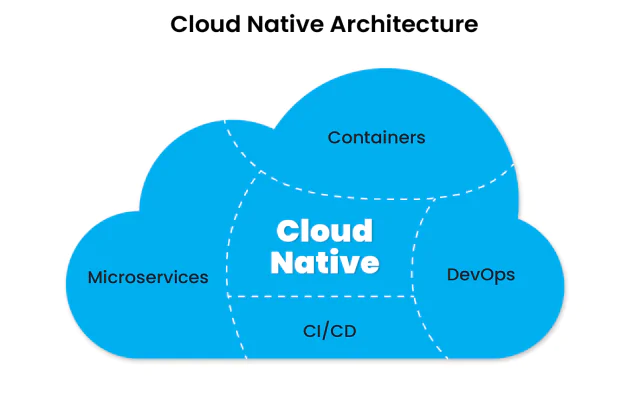Cloud-Native Development: Building Resilient Apps for the Digital Era

Cloud-Native Development: Building Resilient Apps for the Digital Era
In today’s fast-paced digital economy, resilience and scalability are no longer nice-to-haves—they’re mission-critical. Traditional monolithic applications often fall short when it comes to performance, agility, and availability. That’s why more and more businesses are turning to cloud-native development to build, deploy, and scale applications with confidence.
At Onephase, we help companies embrace cloud-native strategies that support modern demands, reduce infrastructure friction, and future-proof digital products.
What Is Cloud-Native Development?
Cloud-native development is a modern approach to building applications that fully leverage the advantages of the cloud. Instead of retrofitting legacy apps for the cloud, cloud-native applications are designed from the ground up to run in dynamic, scalable, and distributed environments—such as public, private, or hybrid clouds.
Key elements of cloud-native architecture include:
-
Microservices
-
Containers (e.g., Docker)
-
Kubernetes orchestration
-
DevOps and CI/CD pipelines
-
Scalable cloud infrastructure (AWS, Azure, GCP)
Why Cloud-Native Is Essential for the Digital Era
Modern users expect fast, always-on experiences. Cloud-native development enables organizations to:
-
Scale on demand without costly downtime
-
Deploy faster with continuous integration and delivery
-
Increase resilience through fault-tolerant design
-
Reduce costs by using only the resources needed
-
Adapt quickly to user and market needs
It empowers businesses to innovate faster and respond to disruptions with agility.
Microservices + Cloud-Native = A Perfect Match
Cloud-native applications are often built using microservices—a design pattern where an application is broken into independent, loosely coupled services. This allows teams to update or scale individual components without affecting the entire system.
Combined with cloud infrastructure, microservices make software development more modular, maintainable, and resilient—especially when paired with automation and containerization.
Tools That Power Cloud-Native Applications
Some of the leading tools and technologies in the cloud-native ecosystem include:
-
Docker for containerization
-
Kubernetes for orchestration
-
Terraform for infrastructure as code
-
Prometheus + Grafana for monitoring
-
CI/CD platforms like GitHub Actions, GitLab, or Jenkins
-
Cloud platforms like AWS Lambda, Azure Functions, or Google Cloud Run
Choosing the right stack depends on your project’s goals, existing architecture, and team expertise.
How Onephase Helps You Go Cloud-Native
Transitioning to cloud-native isn’t just about technology—it’s about mindset and strategy. At Onephase, we guide organizations through:
-
Cloud-readiness assessments
-
Microservices architecture design
-
Migration from legacy systems
-
DevOps and CI/CD implementation
-
Nearshore software development for cloud-native applications
Our expertise helps reduce risk and ensure you launch scalable, high-performance solutions.
The Competitive Edge of Cloud-Native
In industries like banking, retail, and SaaS, staying competitive means delivering reliable, personalized experiences—at scale. Cloud-native development gives companies the flexibility and power to do exactly that, while also improving security, observability, and collaboration.
Conclusion: Future-Proof Your Software
Cloud-native development is not a trend—it’s the foundation of digital innovation. If your business is still dependent on rigid infrastructure or legacy apps, now is the time to evolve.
Let Onephase help you build resilient, cloud-ready applications designed for the digital age.

